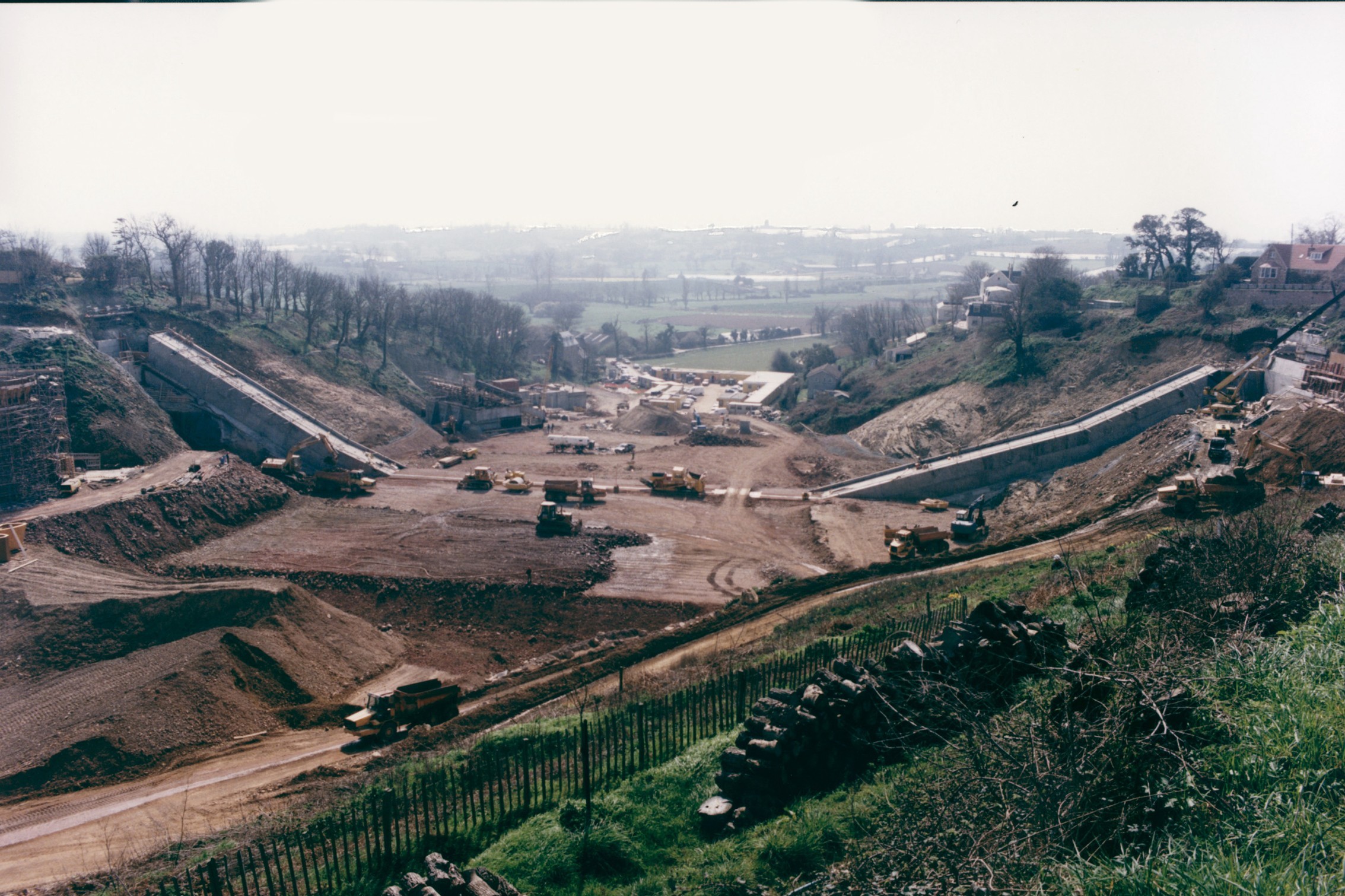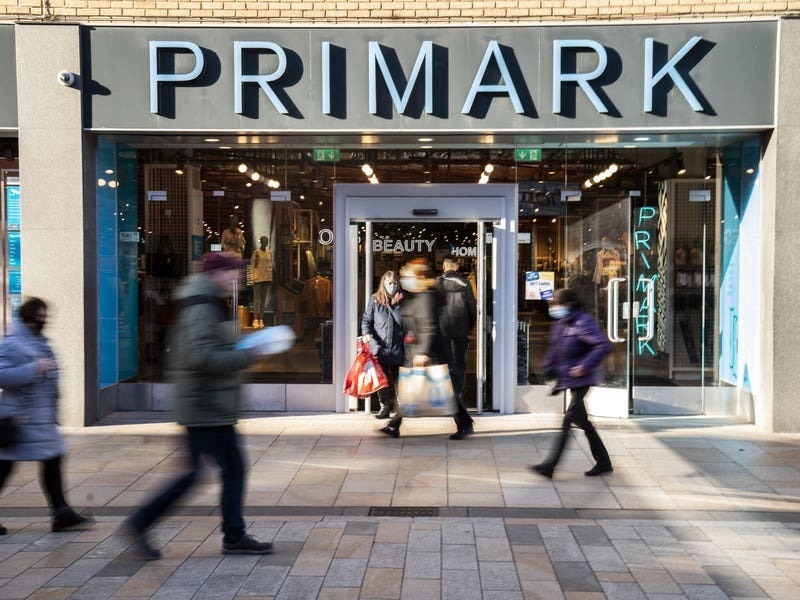The company’s asset manager, Mark Bowden, said it was ‘frightening’ today to think that Queen’s Valley reservoir – which holds almost half of the Island’s water resources – might not have been approved. He warned that the Island remained vulnerable to the threat posed by ‘double drought’ – two dry summers with a dry winter – without greatly increased capacity.
Referring to the fierce controversy which raged in the States and across the Island at the time of the 1986 States debate – when the population was 80,212 compared to its current estimated level of 107,800 – on the construction of the reservoir, Mr Bowden said: ‘Essentially what we are going to have now and in future years is a similar debate around a new reservoir or increased storage.
‘If we look at Queen’s Valley now, in the context of history, there are a number of summers since 1991 where we would simply have run out of water without it.’
Mr Bowden identified Val de la Mare reservoir – the only existing storage facility suitable for expansion – as the company’s ‘number one option’ but acknowledged that it would have challenging implications because the reservoir, which accommodates a third of the Island’s water, would have to be emptied while work took place.
He warned that, when existing reservoirs were full, the Island had a supply of only about 120 days’ water, compared with between one and two years’ storage for a typical water company in the UK. In Guernsey, he added, there is capacity for 365 days of supply.
This year, Jersey Water published a 25-year long-term water resources plan which made 11 recommendations, including additional reservoir storage, to safeguard the Island’s water supplies. The plan acknowledged that discussions with the government about the possible use of parts of Gigoulande Quarry for a new storage facility had foundered but left open the question of where additional storage might be provided.
‘We haven’t been specific about the storage but there are really two options available,’ Mr Bowden said. ‘Back in the 1970s the second option, had Queen’s Valley not been approved, would have been Le Mourier, but that is unlikely because we would be back to a Queen’s Valley debate about the loss of another valley. The other, probably more likely, option is to look at increasing capacity at Val de la Mare, where there are two approaches – to raise the existing dam or to build a new dam downstream of the existing one. Neither of them is easy to do but that is option number one at the moment.’
Under the draft Bridging Island Plan, the company is to work next year with the government on a water strategy for the Island and they will update the data contained in the 25-year plan, to take account of the population levels and the effects of global warming.
But no new facility is likely to be available before 2045, leaving Jersey Water with what it described as the ‘interim options’ set out in the plan. These include reducing leaks, expansion of the desalination plan and working with the government to address PFAS pollution of St Ouen’s boreholes, as well as the possibility of water restrictions during droughts.
‘The key message is that water is very precious and foundational to our way of life. We need all Islanders to help us to look after it,’ he said.






